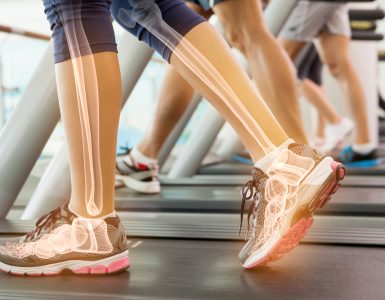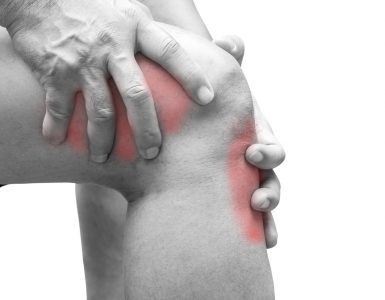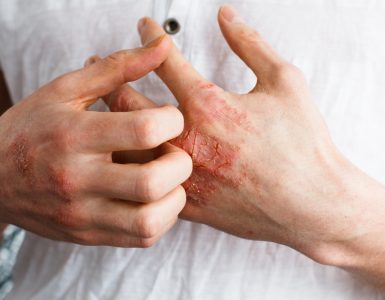(oenothera biennis)
Botanical family: Onagraceae
Parts used: Seed oil
Main active constituents: Linoleic acid, gamolenic acid
Actions: Anti-inflammatory
Good for: Eczema, menstrual disorders, painful joints
Available forms: Oil, capsule
Looking like an oversized buttercup, evening primrose is actually a member of the willow family. It is so called because its light yellow flowers open as the sun goes down. This wild flower is native to North America but it is now widely grown all over Europe where it is a common sight in hedgerows.
History of Evening primrose
The plant and its root have been used for centuries to treat a variety of ailments including bruises, haemorrhoids, sore throats and stomach aches, but it wasn’t until the 1970s that its seed oil, which contains gamma linolenic acid (GLA), started to be recognised for its healing properties.
GLA is an essential fatty acid that the body converts into hormone-like compounds called prostaglandins, which regulate a number of bodily functions. There are several types, some of which promote inflammation while others control it. The GLA in evening primrose oil is converted directly into anti-inflammatory prostaglandins, which account for most of its therapeutic effects.
Current uses of Evening primrose
DIETARY SUPPLEMENT
Although the body can make GLA from linoleic acid, an omega-6 essential fatty acid found in food such as nuts, seeds and green leafy vegetables, this process can be affected by poor diet and high cholesterol levels. As a result many of us are deficient in this vital nutrient so supplementing our diets with evening primrose provides a concentrated source.
ECZEMA
Evening primrose is often used with great success to treat cases of eczema that develop when the body has trouble converting fats from foods into GLA.
PREMENSTRUAL SYNDROME
Research shows that evening primrose can help treat menstrual problems such as PMS and stomach cramps. It can also help relieve the breast tenderness that many women experience just before their period starts.
JOINT PAIN AND SWELLING
Supplements of evening primrose can help relieve symptoms of arthritis such as pain and swelling. Other conditions that involve inflammation such as rosacea, acne and muscle strain can also benefit.
How to take Evening primrose
You need to take 6-8g of evening primrose oil daily to relieve eczema. This dose should be reduced to 2-4g for children.You need to take 3-4g of oil daily for menstrual problems.
You may need to take evening primrose oil for up to three months for maximum benefit.
Watchpoints
Evening primrose oil should be avoided if you are epileptic or taking prescribed medication to thin the blood such as warfarin or aspirin.Don’t take evening primrose oil if you are pregnant or breastfeeding.
Try this
Evening primrose can be found in EfaGold Evening Primrose Oil.







